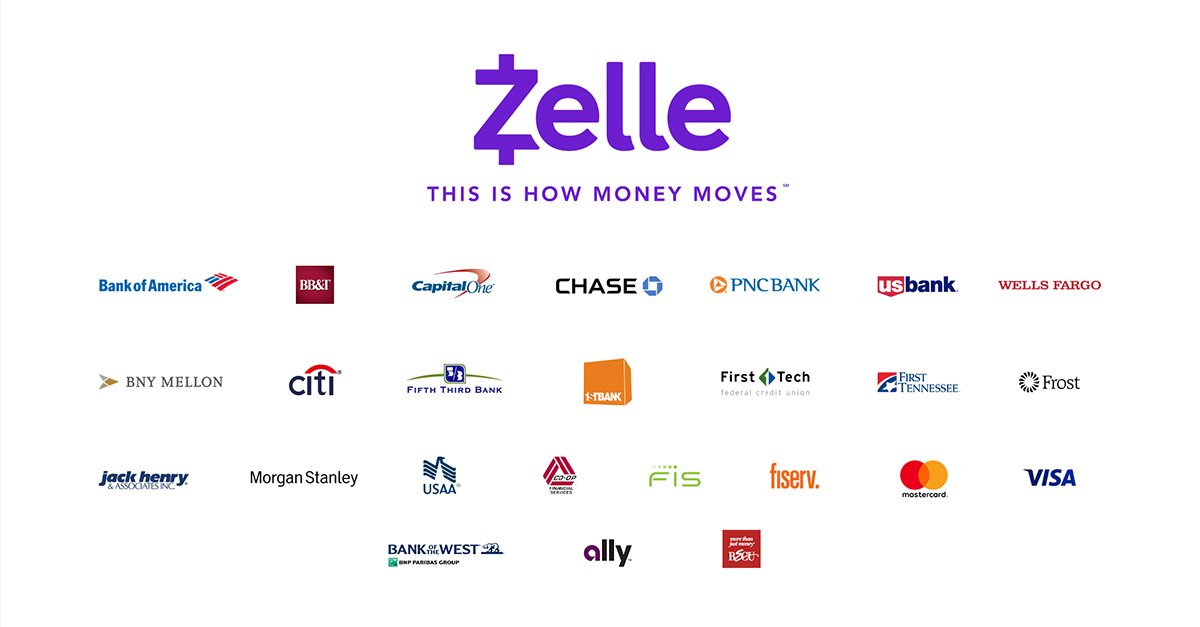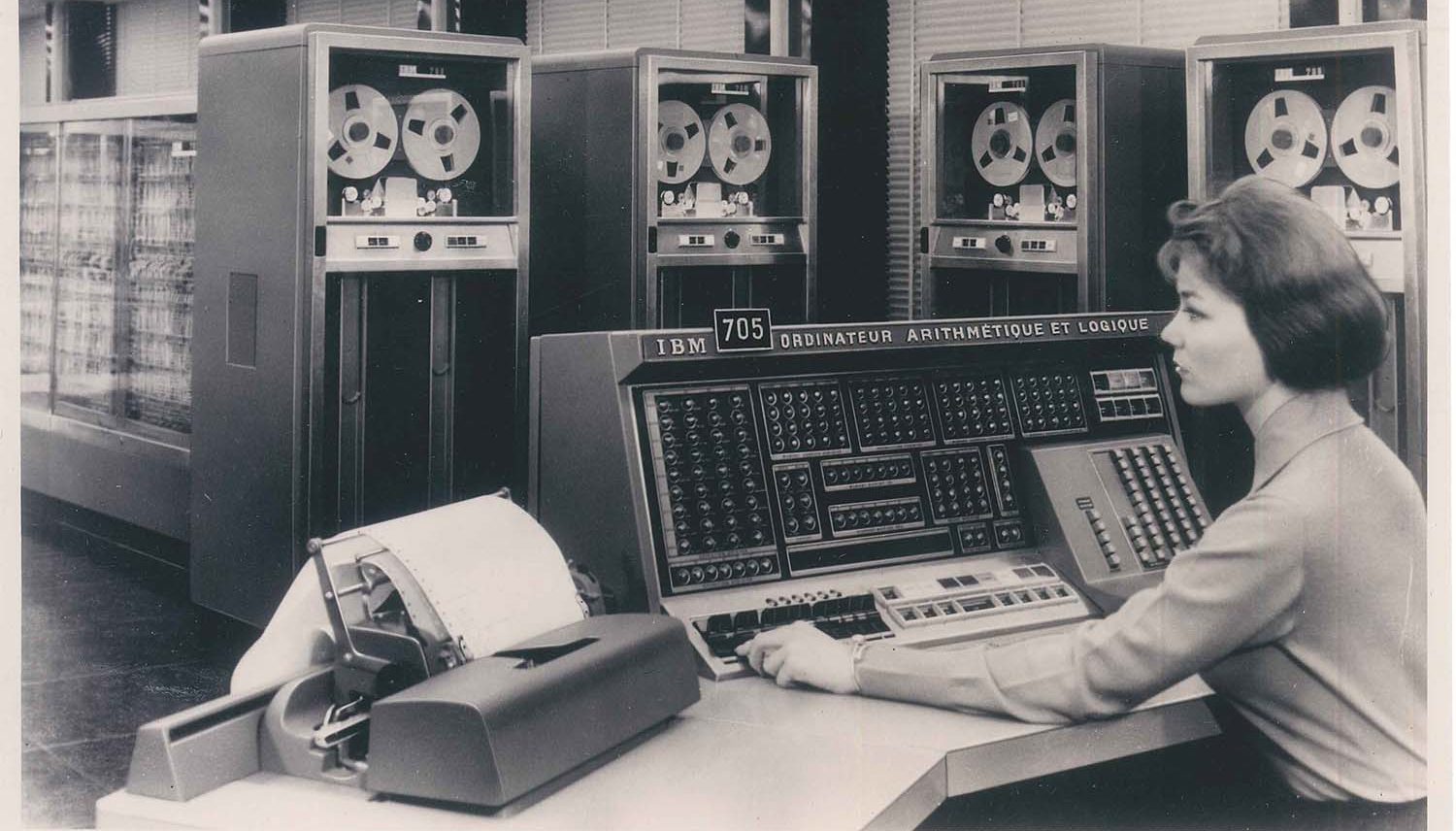Introduction
Banking is an essential part of our everyday lives, allowing us to manage our finances, make payments, and conduct various transactions. As banking has become increasingly digital, it has introduced new concepts and terminologies that may be unfamiliar to many. One such term is prenote.
While prenote may not be a commonly heard term outside the banking industry, understanding what it is and how it works is important for anyone engaged in financial matters. In simple terms, prenote refers to a preliminary notification or an advance notice provided by a financial institution to a customer or another bank about an upcoming transaction.
Prenote serves as a way to verify the accuracy of account information and ensure that the transaction will be processed smoothly. It acts as a safeguard, allowing banks to avoid potential errors and complications that may arise during the actual transaction process. By providing this preliminary notification, banks can confirm critical details such as account number, routing number, and other pertinent information before initiating the transaction.
Definition of Prenote
Prenote, in the context of banking, refers to a preliminary notification or an advance notice sent by a financial institution to inform a customer or another bank about an upcoming transaction. It serves as a verification process to ensure the accuracy of account information before the actual transaction takes place.
When a prenote is sent, it typically includes essential details such as the account number, routing number, transaction amount, and relevant dates. These details allow the recipient to confirm the information and address any discrepancies or issues before the final transaction occurs.
The purpose of a prenote is to prevent errors and complications that may arise during the transaction process. By providing this advance notice, banks can avoid situations such as incorrect account numbers, insufficient funds, or other account-related issues that could result in an unsuccessful transaction.
Prenotes are commonly used in various banking activities, including direct deposits, automatic payments, and electronic fund transfers. They act as a precautionary measure, allowing both the sending and receiving parties to double-check the information and ensure a smooth transaction process.
It is important to note that a prenote is not an actual transaction; it is only a preliminary step to verify the accuracy of the account information. The funds are not transferred during the prenote period. Once the information has been verified and confirmed, the actual transaction can proceed.
Overall, prenote serves as a vital process in banking to mitigate potential errors, safeguard financial transactions, and enhance the overall efficiency of money transfers. By confirming critical details beforehand, banks can provide customers with peace of mind, knowing that their transactions will be processed accurately and smoothly.
How Does Prenote Work?
Understanding how prenote works is crucial to grasp its significance in the banking system. The process of prenote involves a series of steps that ensure the accuracy and validity of account information before initiating a transaction.
When a financial institution intends to send funds to a customer’s account or exchange funds between banks, they typically initiate a prenote process. Here’s a breakdown of how prenote works:
- Initiating the Prenote: The sender, whether it’s a bank or a financial institution, initiates the prenote process by collecting and verifying the necessary details for the transaction. This includes the recipient’s account number, routing number, transaction amount, and any additional relevant information.
- Notifying the Recipient: The sender then sends a prenote notification to the recipient, either directly to the customer or to the recipient’s bank. This notification may be in the form of an electronic message or a physical letter, depending on the channel of communication preferred by the institutions involved.
- Verification Period: Once the recipient receives the prenote notification, they have a specific period to review the information and ensure its accuracy. During this verification period, the recipient must confirm that the account details provided in the prenote are correct and address any discrepancies or issues that may arise.
- Confirmation: Once the recipient has verified the account information, they inform the sender or the sender’s bank of the confirmation. This confirmation serves as a green light for the actual transaction to proceed.
- Initiation of the Transaction: With the confirmation of the prenote, the sender or the sending bank initiates the transaction. The funds are transferred or exchanged between the respective accounts, ensuring a smooth and accurate transfer of funds.
It is important to note that the duration of the prenote process may vary depending on the nature of the transaction and the policies of the involved banks or financial institutions. The typical duration ranges from a few days to a couple of weeks, providing ample time for the recipient to review and validate the account information.
By incorporating the prenote process in banking transactions, financial institutions can minimize the chances of errors, such as incorrect account numbers or insufficient funds. This verification step adds an extra layer of security and helps to ensure that the transaction proceeds smoothly and accurately.
Importance of Prenote in Banking
The utilization of prenote in the banking system carries significant importance for both financial institutions and customers alike. It plays a crucial role in ensuring accurate and secure transactions. Here are some key reasons why prenote is important in banking:
- Verification of Account Information: Prenote serves as a vital step to verify the accuracy of account details before initiating a transaction. It allows banks to confirm critical information such as the account number and routing number, ensuring that the funds are transferred to the correct recipient.
- Error Prevention: By conducting a prenote process, banks can detect and rectify errors or discrepancies in account information before the actual transaction occurs. This prevents delays, failed transactions, and potential customer dissatisfaction due to incorrect transfers or insufficient funds.
- Risk Mitigation: Prenote helps banks manage risks associated with incorrect account information or fraudulent activities. By verifying the account details in advance, banks can reduce the chances of unauthorized transfers or fraudulent transactions, protecting both their customers and themselves from potential losses.
- Enhanced Customer Experience: Utilizing prenote in banking transactions ensures a smoother and more reliable experience for customers. With accurate and validated account information, customers can have confidence that their funds will be transferred seamlessly without any hiccups or delays.
- Compliance with Regulations: Prenote is a crucial compliance measure in the banking industry, ensuring adherence to regulations and guidelines. Financial institutions are required to validate account details and verify transactions to meet regulatory standards and prevent money laundering, fraud, or other illegal activities.
Prenote is particularly important in scenarios such as direct deposits and automatic payment arrangements. In these cases, prenote allows banks to ensure that recurring payments or payroll deposits are made to the correct accounts without any inaccuracies.
Overall, the implementation of prenote in banking transactions is essential to maintain the integrity of financial processes. It establishes a reliable verification mechanism, reduces errors, mitigates risks, and enhances customer satisfaction. By conducting the prenote process, financial institutions can safeguard transactions, protect customer interests, and facilitate the efficient movement of funds.
When is Prenote Used?
Prenote is commonly used in various banking activities where the accuracy of account information is crucial. Here are some instances when prenote is typically used:
- Direct Deposits: When an employer sets up direct deposit for employee salaries, a prenote process is usually initiated. This allows the employer’s bank to verify the accuracy of the employee’s account information before transferring the first paycheck. It ensures that the funds are deposited into the correct account.
- Automatic Payments: Prenote is frequently used when setting up automatic bill payments. Whether it’s utility bills, loan repayments, or subscription fees, prenote allows the customer’s bank to validate the account details before initiating recurring payments. This ensures that the payments are made to the correct recipient and helps prevent errors or misdirected payments.
- Electronic Fund Transfers: When transferring funds electronically between banks, prenote is utilized to verify the accuracy of the recipient’s account information. This is especially important for larger transactions, such as wire transfers or international transfers, to ensure that the funds are sent to the intended recipient without any complications.
- Change of Account Information: In instances where customers update their account information, such as a change in bank accounts or routing numbers, prenote is used to verify the new information. This prevents any disruption to automatic payments, direct deposits, or other transactions that rely on accurate account details.
- New Vendor or Payee Setup: When a business or individual sets up a new vendor or payee for payments, a prenote process is often employed. This allows the payer’s bank to verify the account details of the new recipient to ensure that future payments are directed to the correct account.
It is important to note that the specific use of prenote may vary among financial institutions and the type of transactions involved. However, the underlying purpose remains consistent – to validate and confirm the accuracy of account information before initiating transactions to avoid any potential errors or complications.
By utilizing prenote in these situations, banks can enhance the accuracy and security of financial transactions, providing peace of mind to both the sender and the recipient.
Benefits of Prenote
Prenote offers several benefits that contribute to the smooth and accurate execution of banking transactions. These benefits impact both financial institutions and customers, ensuring efficient and secure fund transfers. Here are some key advantages of using prenote:
- Error Prevention: Prenote plays a vital role in preventing errors, such as incorrect account numbers, invalid routing numbers, or insufficient funds. By verifying account information in advance, banks can identify and rectify any discrepancies or potential issues before the actual transaction occurs.
- Enhanced Accuracy: Utilizing prenote enhances the accuracy of banking transactions. By validating account details prior to initiating the transfer, banks can ensure that the funds are directed to the correct recipient’s account.
- Risk Mitigation: Prenote helps mitigate risks associated with erroneous or unauthorized transactions. By verifying account information in advance, banks can reduce the chances of fraudulent activities and unauthorized transfers, protecting both customers and financial institutions from potential losses.
- Improved Customer Experience: Prenote contributes to a more seamless and reliable customer experience. By confirming account information before the transaction, customers can have confidence that their funds will be transferred accurately and without any delays or complications.
- Time and Cost Savings: The prenote process helps save both time and costs associated with incorrect transfers. By identifying and rectifying errors beforehand, financial institutions can avoid the need for additional resources to resolve issues and rectify unsuccessful transactions.
- Regulatory Compliance: Utilizing prenote aligns with regulatory requirements and guidelines in the banking industry. Banks and financial institutions are obligated to validate account details and ensure compliance with anti-money laundering and fraud prevention regulations.
Overall, the benefits of prenote in banking are extensive. It ensures error-free and secure transactions, enhances customer satisfaction, and provides a reliable verification process to safeguard the integrity of financial transactions.
Limitations of Prenote
While prenote offers numerous benefits and plays a crucial role in the banking system, it is important to acknowledge its limitations. Understanding these limitations can help both financial institutions and customers make informed decisions and develop strategies to overcome potential challenges. Here are some limitations of prenote:
- Time Constraints: The prenote process may introduce a time delay in initiating transactions. The verification period required for the recipient to review and confirm account information can add an additional waiting period before the actual transaction takes place. This may cause inconvenience, particularly in urgent or time-sensitive transactions.
- Potential for Incomplete Validation: While prenote aims to verify account information, it is still possible for errors or discrepancies to go unnoticed during the verification process. Factors such as human error or outdated records may contribute to incomplete validation, which can result in incorrect transfers or other complications.
- Complexity with Multiple Institutions: In cases where multiple banks or financial institutions are involved in a transaction, coordinating the prenote process can be challenging. Communication and coordination between different entities may add complexity and potential delays to the verification process.
- System Limitations: Depending on the technological infrastructure and capabilities of the involved institutions, limitations in the prenote system may be present. This can result in slower processing times or potential technical issues that may impact the effectiveness of the prenote process.
- Cost Implications: While prenote itself may not incur direct costs, the resources required to validate and address any issues identified during the prenote period can add additional expenses for financial institutions.
Despite these limitations, financial institutions and customers can adopt strategies and measures to mitigate potential challenges. Establishing efficient communication channels, maintaining up-to-date customer records, and leveraging advanced technology solutions can help improve the effectiveness of the prenote process and minimize its limitations.
It is crucial to recognize that the benefits of prenote outweigh its limitations. While these limitations exist, they can be managed and minimized through effective processes and continuous improvement initiatives in the banking industry.
Conclusion
Prenote, as a preliminary notification process in banking, plays a vital role in ensuring the accuracy, security, and efficiency of financial transactions. By verifying account information before initiating transactions, prenote helps prevent errors, mitigates risks, and enhances the overall banking experience for both financial institutions and customers.
The use of prenote offers several benefits, including error prevention, enhanced accuracy, risk mitigation, improved customer experience, and time and cost savings. It allows banks to validate critical account details, such as account numbers and routing numbers, reducing the chances of incorrect transfers and unauthorized transactions.
While prenote brings numerous advantages, it is important to be aware of its limitations. These limitations include time constraints, the potential for incomplete validation, complexity in multi-institution scenarios, system limitations, and potential cost implications. However, these limitations can be managed through effective communication, robust systems, and ongoing improvement efforts in the banking industry.
In conclusion, prenote serves as a valuable process in the banking sector to ensure secure and accurate transfers of funds. By conducting a prenote process, financial institutions can validate account information, prevent errors, and provide customers with a seamless and reliable banking experience. As technology advances and banking practices evolve, the prenote process will continue to play a crucial role in maintaining the integrity and efficiency of financial transactions.

























